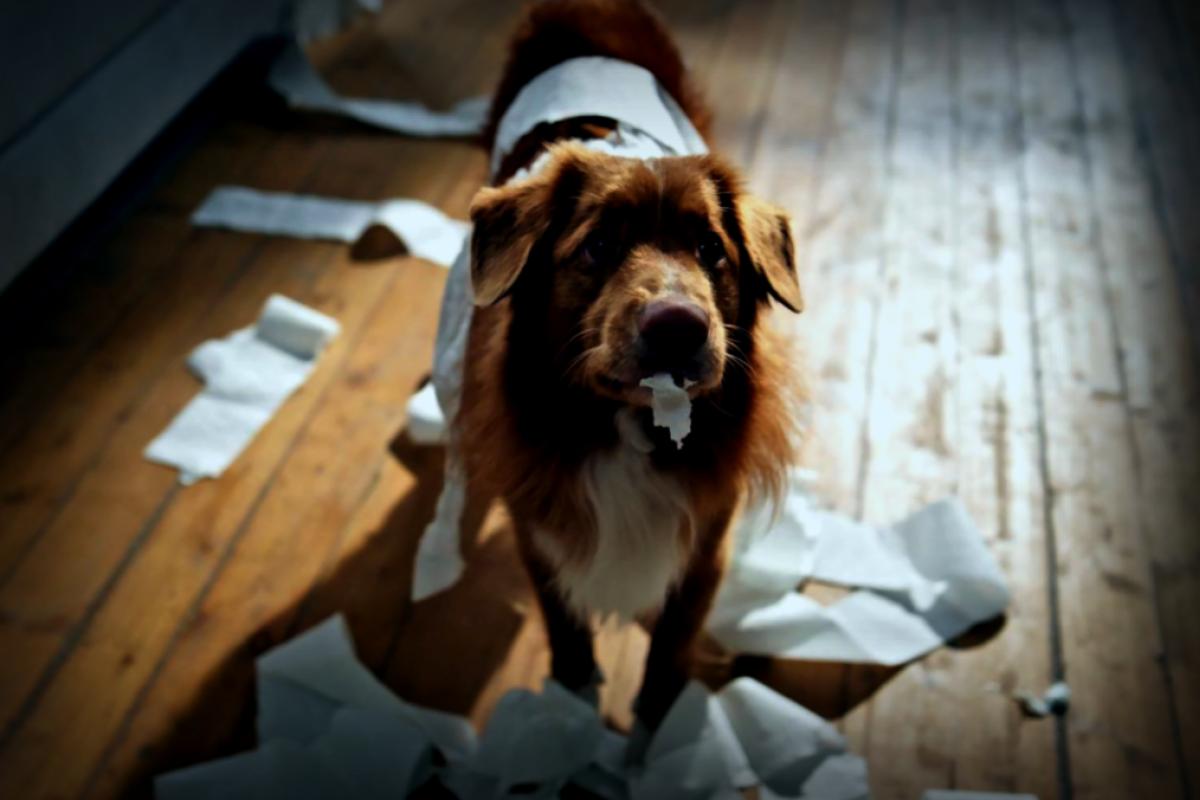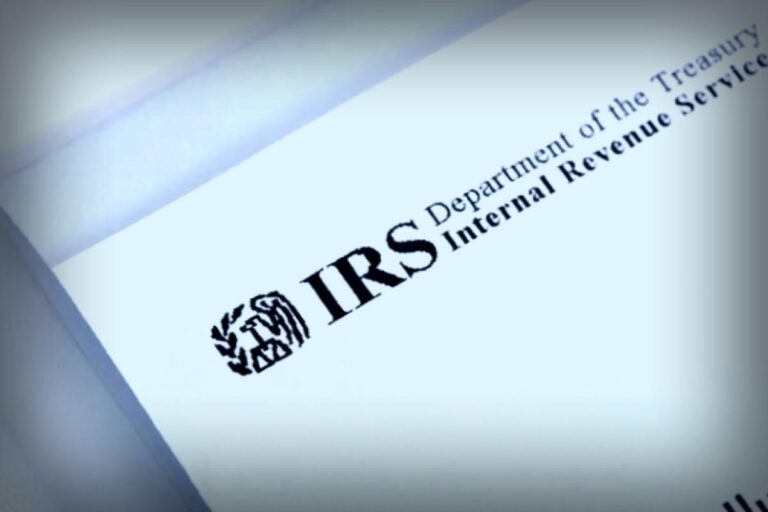Pica might sound like a strange term, but for dog owners, it’s a behavior you really should know about. Simply put, pica is when dogs munch on items that aren’t food—anything from rocks and toys to stray socks and bits of plastic. Having spent over 14 years in veterinary care, I’ve encountered all sorts of odd eating habits in dogs.
While you might think it’s charming or just a little silly, pica can lead to significant health risks. Ignoring it can result in dangerous situations for your furry friend, so being aware and acting early is crucial.
In this guide, I’ll break down what pica is, the common signs, potential causes, along with the ways to diagnose and treat what can be a troubling condition. My aim is to help you catch the symptoms early so you can keep your dog safe and healthy.
What Exactly is Pica in Dogs?
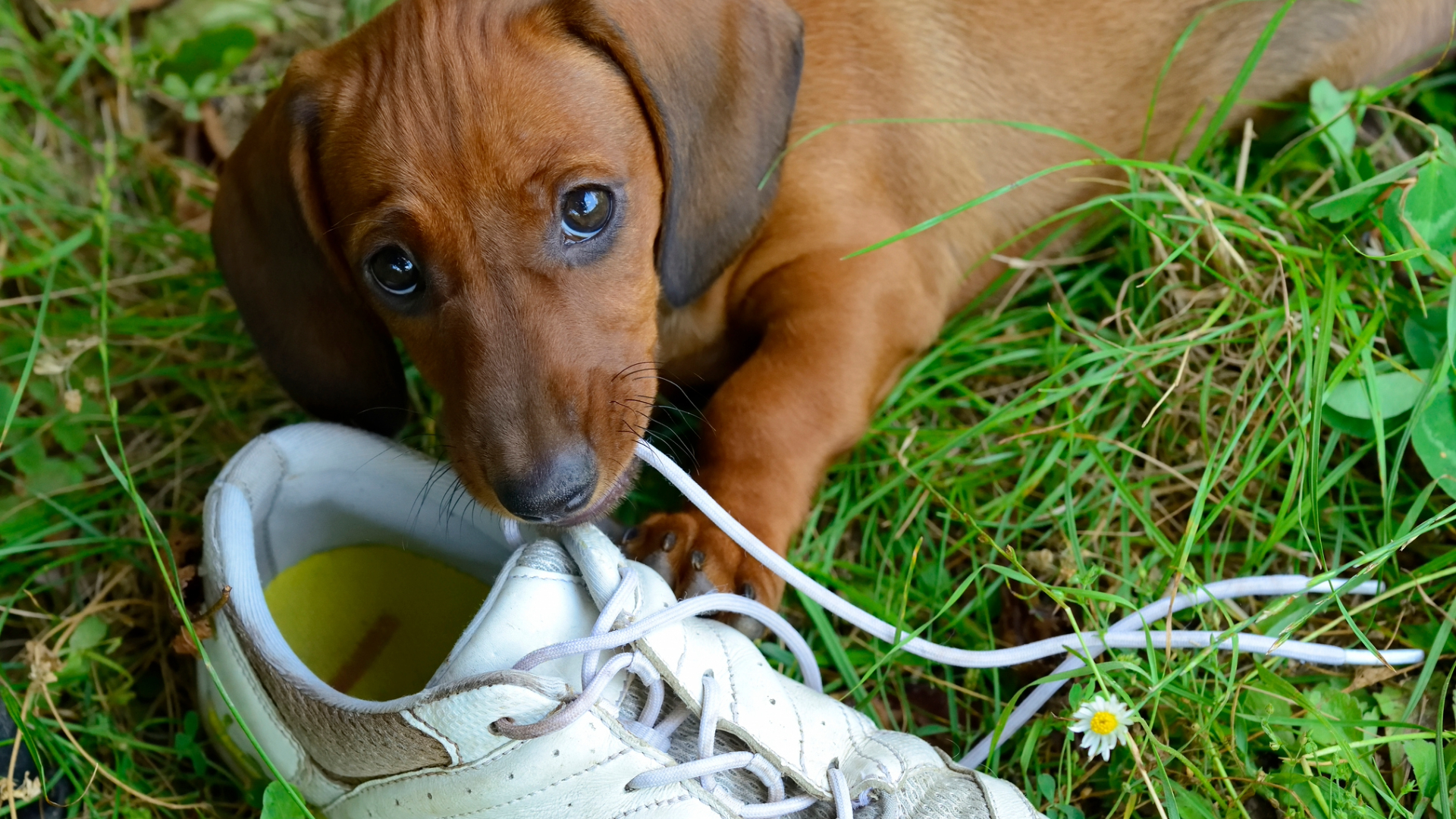
So, what is pica? It’s the repeated eating of non-nutritive items—not just the occasional sniff and chew. Dogs dealing with pica might devour stuff like rocks, dirt, fabric, metal bits, sticks, paper, or even their own poop. Unlike simple curiosity or playful nibbles, pica indicates a compulsive urge, often hinting at deeper issues.
In veterinary terms, pica isn’t really a standalone diagnosis—it’s more of a symptom. You might find it linked to physical issues (like gastrointestinal disorders) or psychological problems (like stress or boredom). Some forms of pica can get pretty severe, causing life-threatening problems like blockages in the intestines.
How to Identify Pica Symptoms in Dogs
The main symptom is pretty straightforward—your dog is eating items that aren’t meant to be food. But here are a few more signs to watch out for, potentially indicating pica or its secondary effects:
- Constantly picking up and swallowing non-food items
- Vomiting or gagging
- Diarrhea or hard stools
- Signs of abdominal pain or bloating
- No interest in food
- Unusual tiredness or weakness
- Pain when you touch their belly
- Finding missing items around the house or yard
If your dog shoves something potentially harmful (like batteries, sharp objects, or strong chemicals) down their throat, reach out to your vet at once!
What Causes Pica in Dogs?
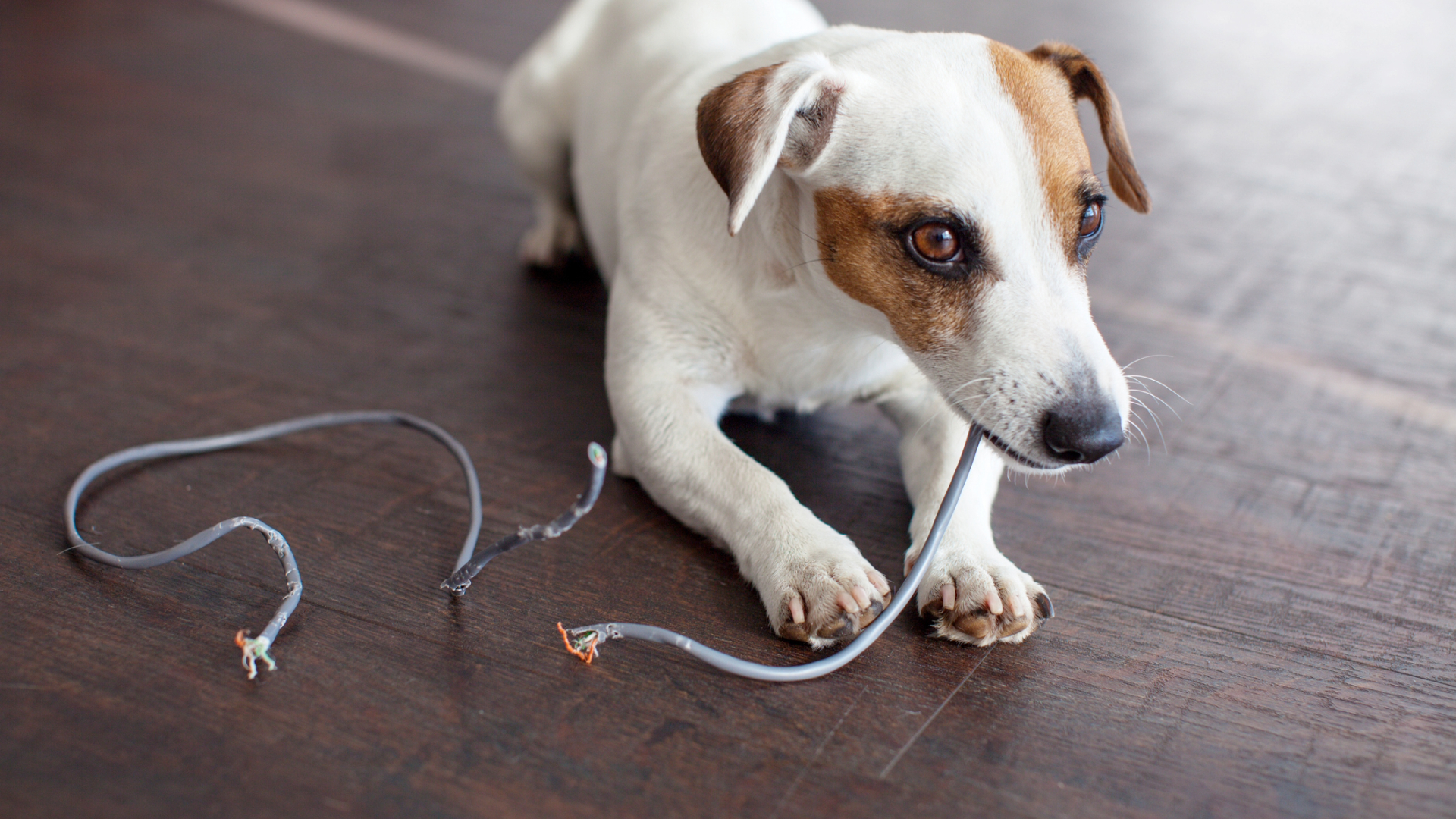
There can be many reasons behind pica, and often it’s a mix of factors. Here are some common triggers:
- Nutritional deficits: Low vitamins or minerals can prompt odd eating behaviors.
- Medical issues: Health problems like inflammatory bowel issues, liver disease, anemia, or hormone imbalances could be at play.
- Behavioral concerns: Stress, boredom, or separation anxiety might push them to chew and swallow inappropriate items.
- Learned behaviors: Puppies might repeat odd eating habits just because they noticed it gets them attention.
- Breed characteristics: Some breeds, like Labradors and Spaniels, are notorious adventurers when it comes to food—but not the good kind.
- Aging: Older dogs may develop cognitive problems that lead to strange eating habits.
Treating Pica in Dogs
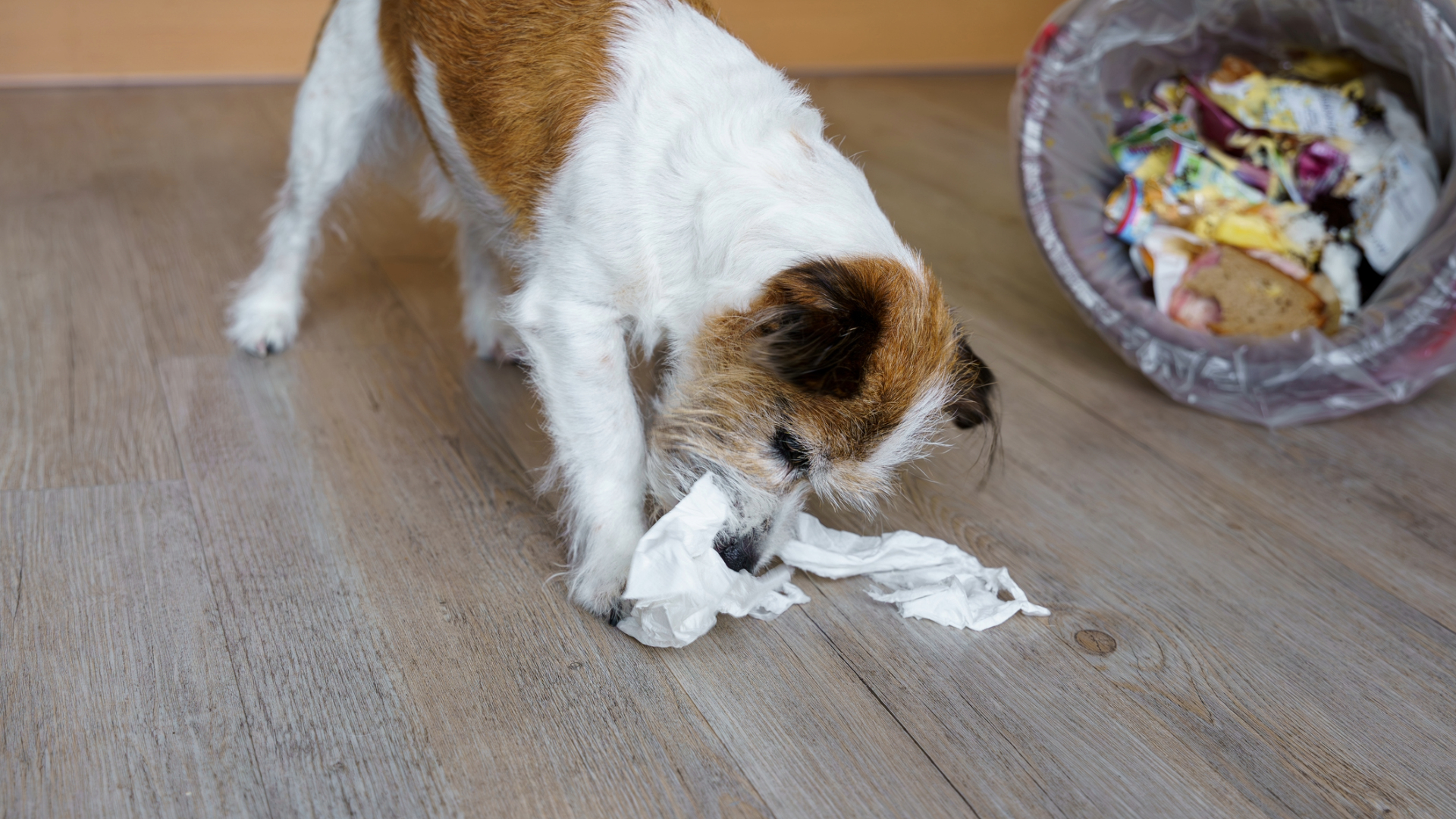
Taking care of pica largely depends on what’s causing it. A vet typically starts with a full health check involving blood tests, poop samples, and imaging to uncover any issues.
Here are a few treatment strategies you might consider:
- Medical intervention: Fixing any underlying health issues, like treating anemia or adjusting diet for nutrient intake.
- Dieting: Feeding a balanced, high-quality diet adjusts their nutritional levels to prevent irregular habits.
- Behavior training: Employing positive reinforcement focuses your dog away from undesirable chewing and encourages good habits.
- Environment control: Making sure tempting items are out of reach and providing safe chew toys or puzzle feeders.
- Future activities: Regular exercise and interactive play enrich their lives, helping to fight boredom and anxiety.
- Seek expert advice: In specific situations, your vet might suggest a referral to a canine behavior expert for detailed follow-up.
While addressing pica, it’s essential to understand that it often requires ongoing support rather than an instant fix.
Can Pica Be Fatal for Dogs?
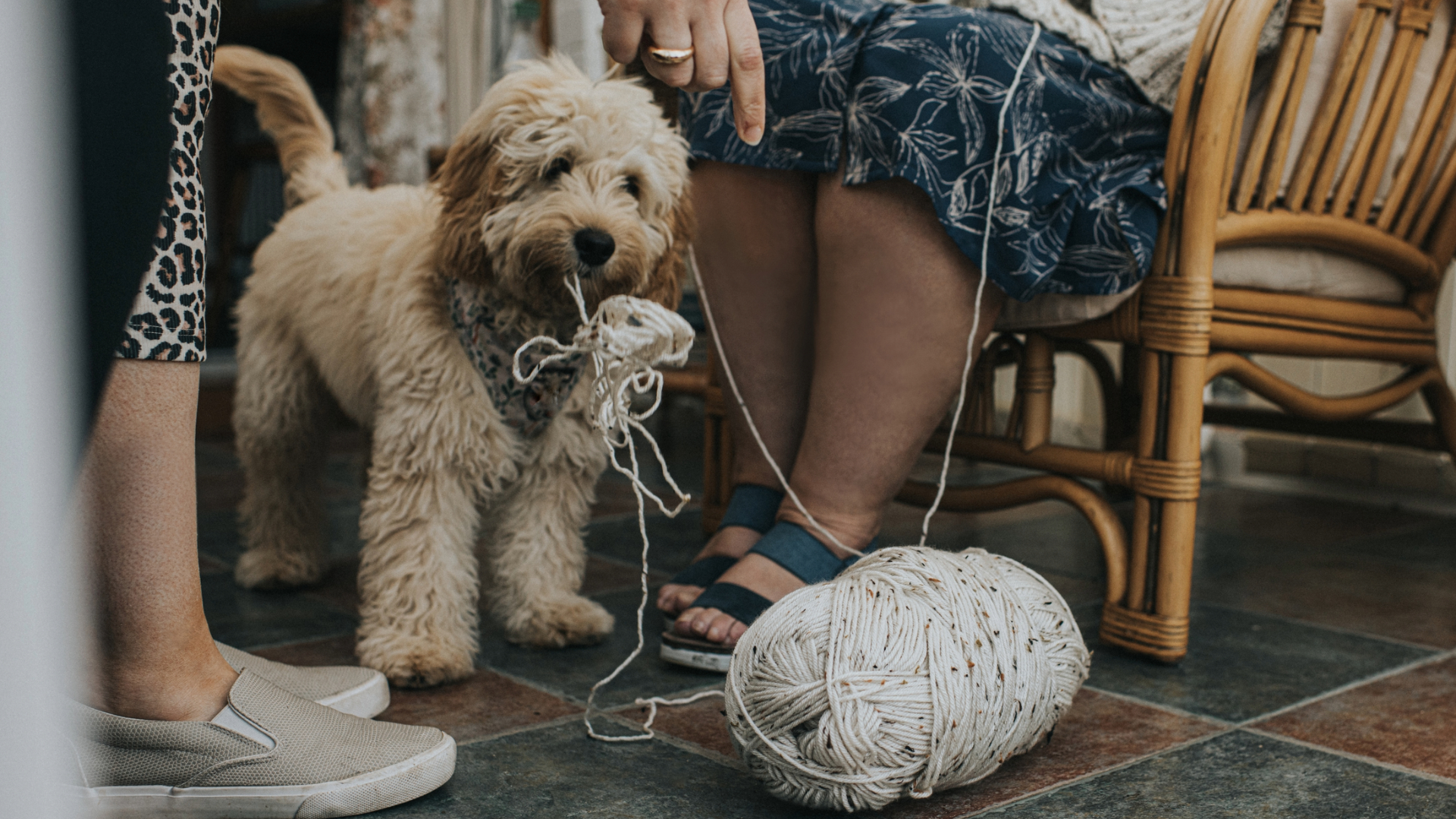
Yes, pica can become life-threatening depending on what your dog consumes and how much. The biggest threat usually comes from intestinal blockages that need emergency surgery to rescue your pet. There is also a risk of injuries from sharp objects piercing the digestive tract or even poisoning from dangerous materials.
Even if your dog manages to pass the foreign object without apparent harm, regular ingestion can lead to chronic pain, internal harm, or infections down the road. Clearly, dealing with pica early on is pivotal—just waiting for your dog to “grow past it” isn’t the best idea.
Pica can be stressful and worrying for dog parents, but with the right support from your vet and a tailored approach, it’s possible for your pet to enjoy a happy and healthy life. If you ever think your dog swallowed something they shouldn’t have, don’t hesitate—call your vet to act!
By being aware of the symptoms, understanding the possible causes, and taking decisive action, you’ll help your dog steer clear of complications and lead a safer, happier life.





